Mood matters
Showcasing his light-hearted personality, Levon Aronian talked to Sagar Shah after missing a few chances to get realistic winning chances in his game with black against Wesley So. The oldest player in the field has learned to take these situations in stride:
I’ve missed some chances, but it inevitably happens, you’re going to miss chances. Opponents are fighting very hard, and they’re all great players, so you cannot convert every single better position.
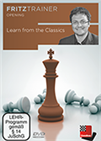 Sagar Shah shows you on this DVD how you can use typical patterns used by the Master of the past in your own games. From opening play to middlegame themes.
Sagar Shah shows you on this DVD how you can use typical patterns used by the Master of the past in your own games. From opening play to middlegame themes. An excellent interviewer, Sagar Shah then asked Aronian about his representing the older generation in a tournament that features five extremely young talents. Does age matter in chess as much as people think? Aronian agreed that age is important, but added:
One very important factor is to be in the right mood or to be in a carefree environment, and now I’m very relaxed, I’m very happy in my life, so now I can concentrate on chess.
Aronian acknowledged that his happiness has all to do with the fact that he recently became a father. He said, smiling:
We have a wonderful bundle of joy, it’s something that we really appreciate with my wife.
Despite having missed a couple of chances in a double-edged position, Aronian is still leading the standings, with So and Gukesh a full point behind going into the final three rounds of the event. Fittingly, Aronian is set to face Gukesh in Saturday’s final round. Before that, the leader will play the Russian duo of Ian Nepomniachtchi and Andrey Esipenko.
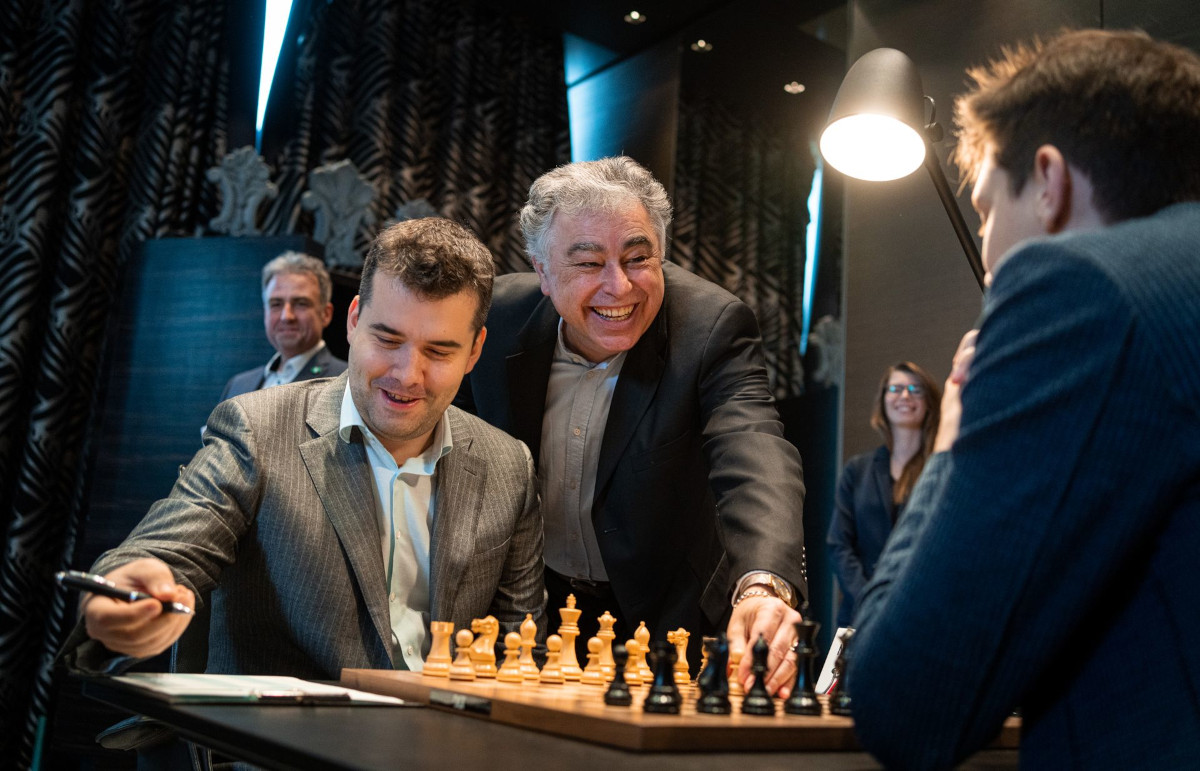
Star commentator Yasser Seirawan played the first move in Ian Nepomniachtchi v Andrey Esipenko, an 88-move draw which featured an exciting opening battle | Photo: Lennart Ootes
Struggling to win with black
No player has managed to win with the black pieces in Düsseldorf so far. Round 6 saw Aronian and Praggnanandhaa, both with black, getting better positions.
Pragg’s game was the last one to finish, as he only agreed to a draw with Anish Giri after seven hours of play. The Indian prodigy had an extra, backward pawn in a sharp position with queens, rooks and knights still on the board.
It is Pragg’s turn, and this is the last move before the first time control. Engines give 40...Nc2 as the most trying, with a few computer-like (cold, nearly inexplicable) moves in some of the lines given. Pragg instead played 40...h6, which is also strong and more ‘human’.
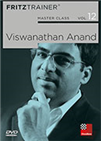 This DVD allows you to learn from the example of one of the best players in the history of chess and from the explanations of the authors how to successfully organise your games strategically, and how to keep your opponent permanently under pressure.
This DVD allows you to learn from the example of one of the best players in the history of chess and from the explanations of the authors how to successfully organise your games strategically, and how to keep your opponent permanently under pressure.The tense struggle continued until move 69, when the point was split in a position with a queen and a pawn per side. Given how tough the battle had been, it is no wonder the players continued analysing the position well after the game had finished.
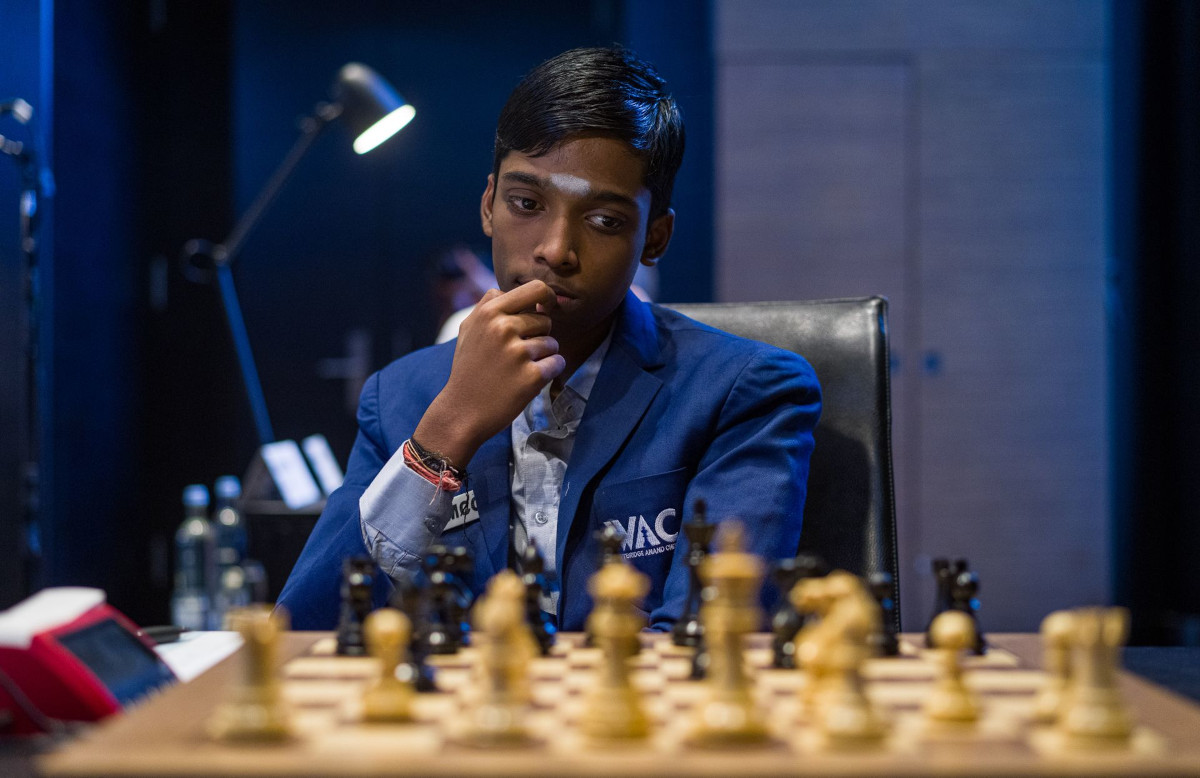
17-year-old Praggnanandhaa Rameshbabu | Photo: Lennart Ootes
As for Aronian’s missed chance, the tournament leader failed to find the most effective move order to create attacking threats on the kingside out of a double-edged Nimzo-Indian.
The pawn structures are completely asymmetrical, but Black’s queenside pawns are more vulnerable at the time. However, Black is also the one with better chances to generate a direct attack against the opposite king. A key piece in this setup is the rook on a6, which is ready to quickly shift flanks along the sixth rank.
Here, as engines confirm, 18...Nd3 is best. Since ...b5-b4 is threatened, White is all but forced to play 19.Nxb5, allowing 19...Rh6, and White needs to be careful around his king. (Notice that Black should not play 19...Nxe4, giving way to 20.Nd6, with a double attack on the rook and the all-important pawn on c4).
Aronian rejected this line, though, and went for 18...Nf6 instead, attacking the e4-pawn. Granted, Black also got to create threats on the kingside after 19.Ng3 Ng4 20.Bxb4 axb4 21.Rxb4 Nxh2
22.Kxh2 Qh4+ 23.Kg1 Rh6 24.Rfb1 Bg4 followed. Aronian, of course, had seen the idea, but not the most precise way to implement it.
This looks very dangerous for White at first sight, except that, as So had foreseen, 25.Qxh6 hampers the attack and leads to a materially imbalanced — yet objectively equal — position.
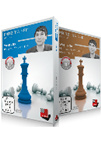 Wesley So published two new opening DVDs: 1.b3, the so called Nimzo-Larsen-Attack, for White and his black secrets in the modern Italian. Get them in a package and save money!
Wesley So published two new opening DVDs: 1.b3, the so called Nimzo-Larsen-Attack, for White and his black secrets in the modern Italian. Get them in a package and save money!Further simplifications followed, and the games agreed to a draw ten moves later. White had an active trio of rook, knight and pawn against Black’s queen. As so often happens in these situations, though, the side with the queen had a perpetual check at his disposal.

Levon Aronian bravely went for a sharp line with black against the ever-dangerous Wesley So | Photo: Lennart Ootes
Results - Round 6
Standings - Round 6
All games
Links
.jpeg)

























